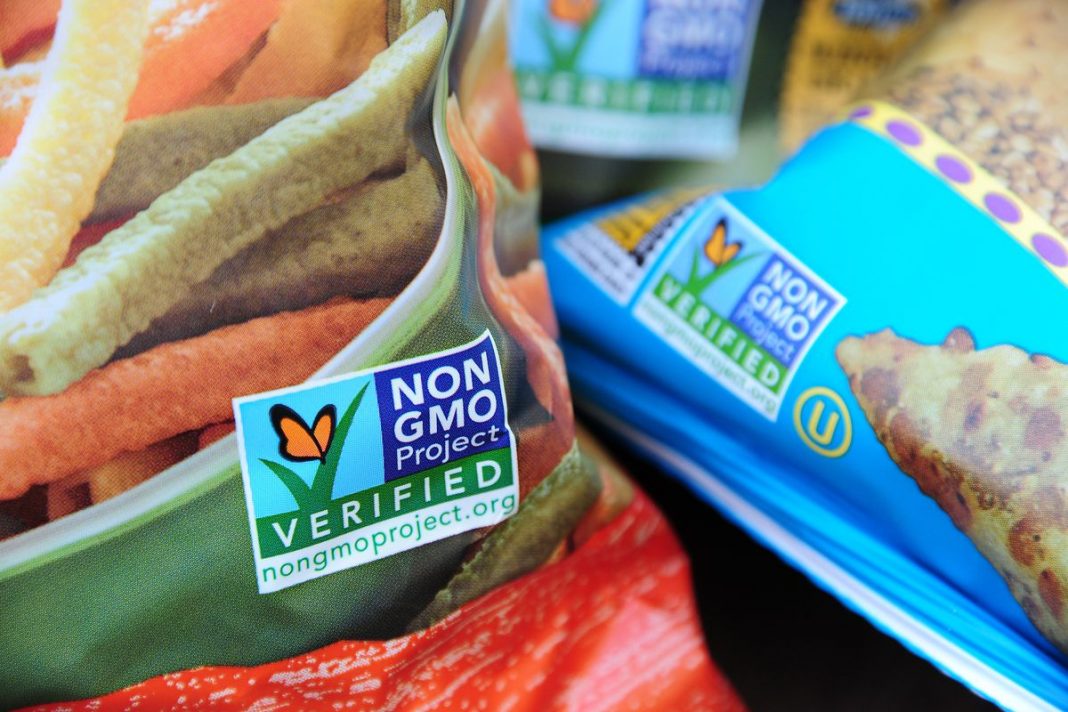
MANY consumers are getting confused with the “organic” and “non-GMO” labels, according to a national survey conducted by scientists at the University of Florida and Purdue University.
In June 2016, the Congress approved the National Bioengineered Food Disclosure Standard which allows companies to label GM foods by text, symbol, or QR codes. Economics experts, Brandon McFadden from the University of Florida, and Jayson Lusk from Purdue University, together with their team surveyed 1,132 respondents to find the best ways to communicate whether a food contains GM products.
The researchers measured the consumers’ willingness to pay for a dozen granola bars and a pound of apples.
Results showed that consumers are willing to spend 35 cents more for products with non-GMO project verified label compared to those with GM label; while they are willing to pay 9 cents more for products with USDA organic label.
For apples, they are willing to pay more for those with USDA organic label compared to those with non-GMO project label. The respondents’ answers may imply that the consumers do not understand the difference between the two labels.
They also found that consumers are willing to pay more for GM food if the information is provided by a QR code. According to McFadden, this finding implies that several respondents did not scan the QR code. If all consumers used the QR code, there would not be a significant difference in their willingness to pay.










